Ethiopia is a heritage site that reminds us of humanity’s great continuity. It proudly owns some of Africa’s historical and cultural artifacts. This walkthrough time unfolds the ancient kingdoms, religious places, and great architectural feats that shaped the country’s face.
This guide takes you along the 20 sites that make this land rich and culturally unique.
Lalibela Rock Churches
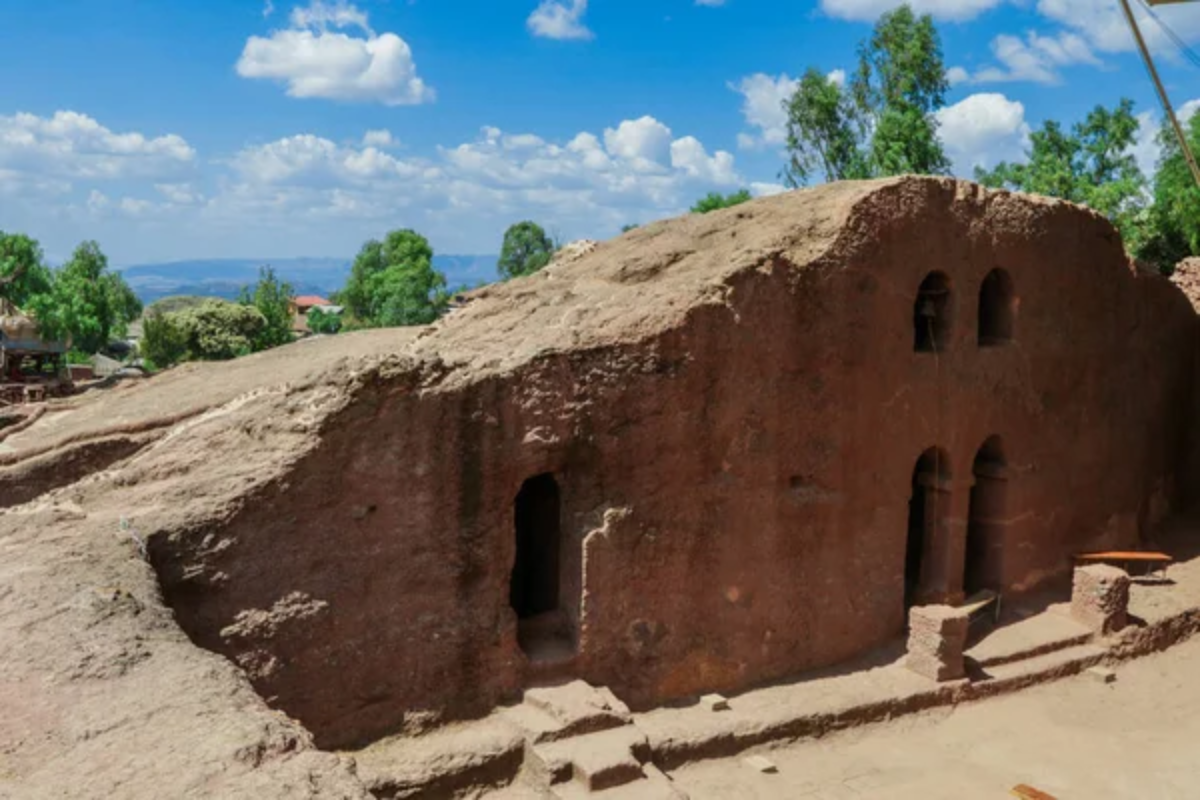
Carved from solid bedrock in the 12th century, these eleven medieval churches represent the pinnacle of Ethiopian rock-cut architecture. The churches remain active places of worship and pilgrimage, drawing thousands of white-robed devotees during religious festivals.
The most famous church, Bete Giyorgis (House of St. George), stands 43 feet tall and showcases the remarkable engineering capabilities of ancient Ethiopian artisans.
Aksum Obelisks
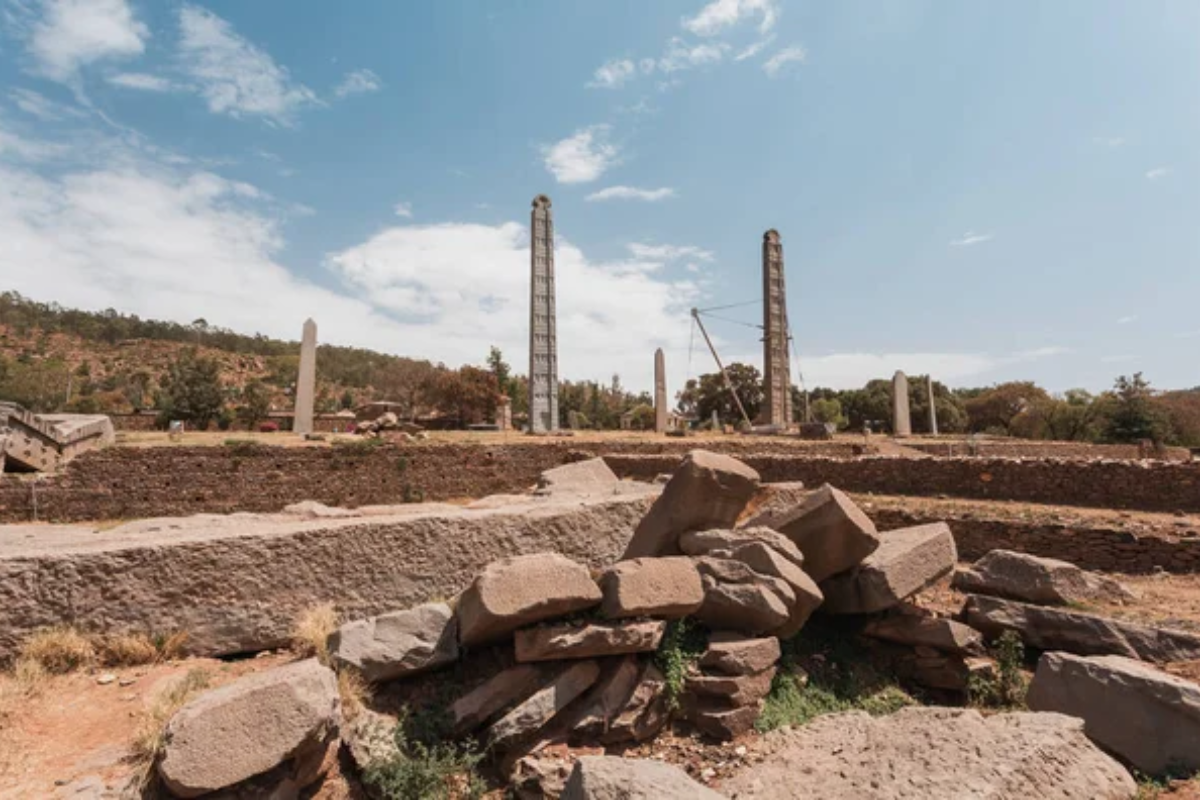
Rising majestically against the northern Ethiopian sky, these massive granite stelae mark the heart of the ancient Aksumite kingdom. The tallest standing obelisk weighs 160 tons and is an impressive 79 feet high.
Local tradition holds that these monuments mark the tombs of ancient Aksumite kings. Their intricate carvings demonstrate the sophisticated architectural knowledge of Ethiopia’s earliest civilization.
Like Travel Pug’s content? Follow us on MSN.
Gondar Castles

The Royal Enclosure is a 70,000-square-foot compound built by six different emperors in the medieval fortress city of Gondar. The 17th-century structures blend Portuguese, Indian, and local architectural styles, which has led people to dub the site ‘Africa’s Camelot.’
The largest and most impressive building is Fasilides Castle, which reaches a height of 105 feet, complete with four domed towers and elaborate stone carvings.
Harar Jugol

This ancient city contains 368 twisting alleyways enclosed by 3.5-mile-long ancient walls. The typical architectural style consists of traditional townhouses with internal design elements in bright colors, distinguishing them from other styles.
Harar was a port of great international trade between the African continent and the Middle East, and, as such, it is honored as Islam’s fourth holiest city.
Debre Damo Monastery
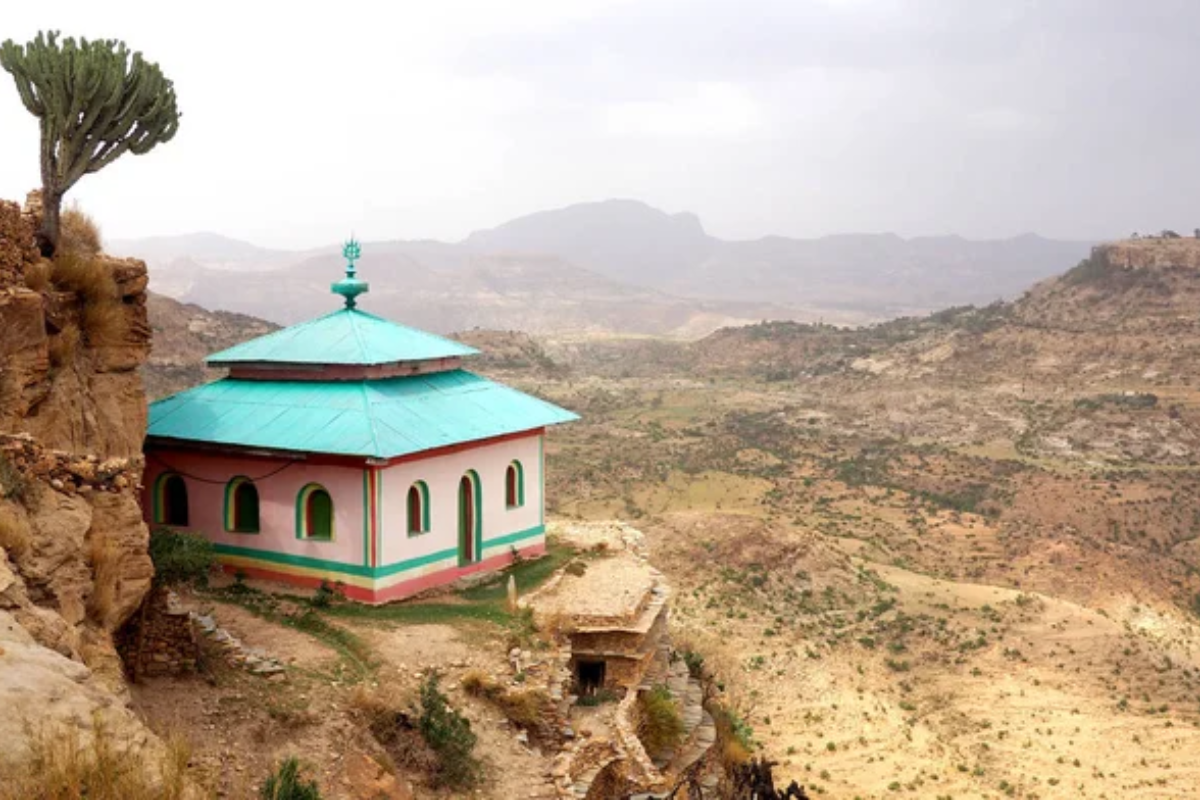
Perched atop a flat mountain reaching 7,500 feet into the sky, this ancient monastery is accessible only by climbing a leather rope. It houses one of Ethiopia’s oldest surviving church buildings, dating back to the 6th century.
The monastery’s treasury contains illuminated manuscripts and other religious artifacts spanning nearly fifteen centuries of Ethiopian Christianity.
Like Travel Pug’s content? Follow us on MSN.
Yeha Temple
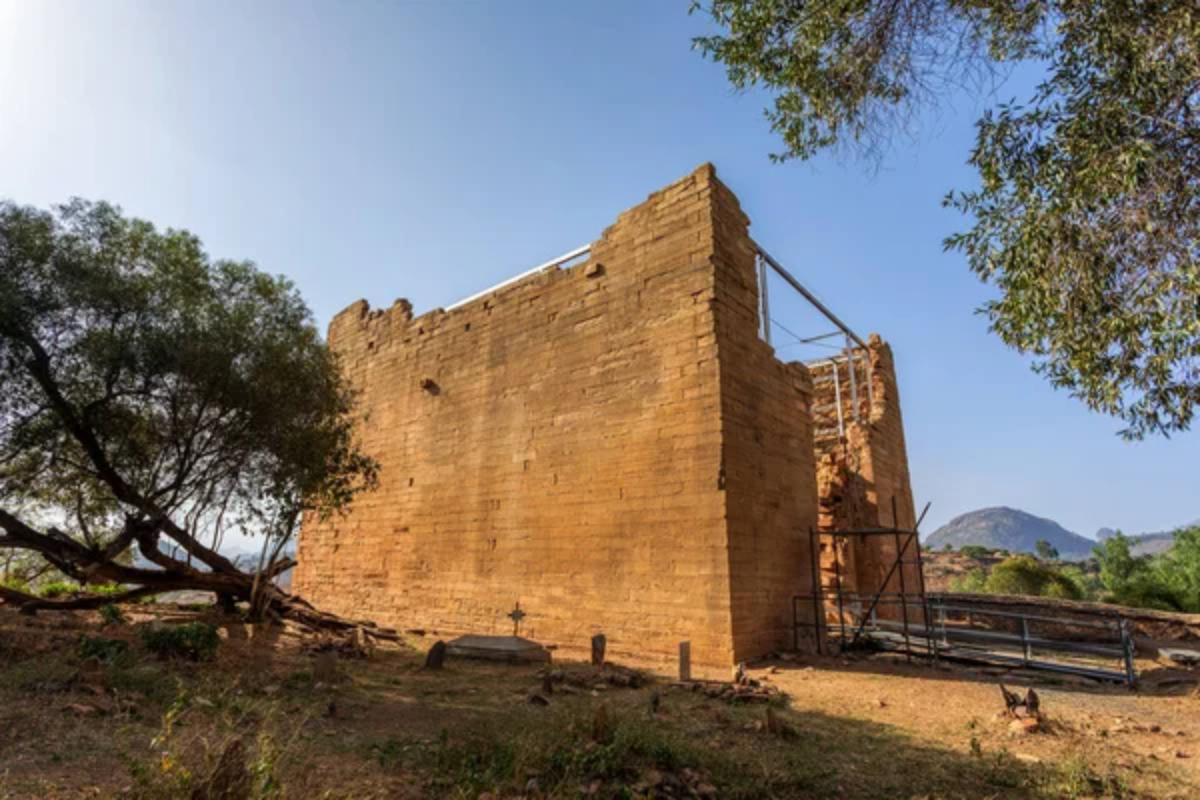
Ethiopia’s oldest surviving architectural structure, this impressive temple, dates back to the 7th century BCE. Its precise construction techniques demonstrate sophisticated engineering knowledge, with perfectly fitted stone blocks rising 46 feet high.
Recent archaeological discoveries around the site reveal new insights into the pre-Aksumite civilization
Tiya Stelae
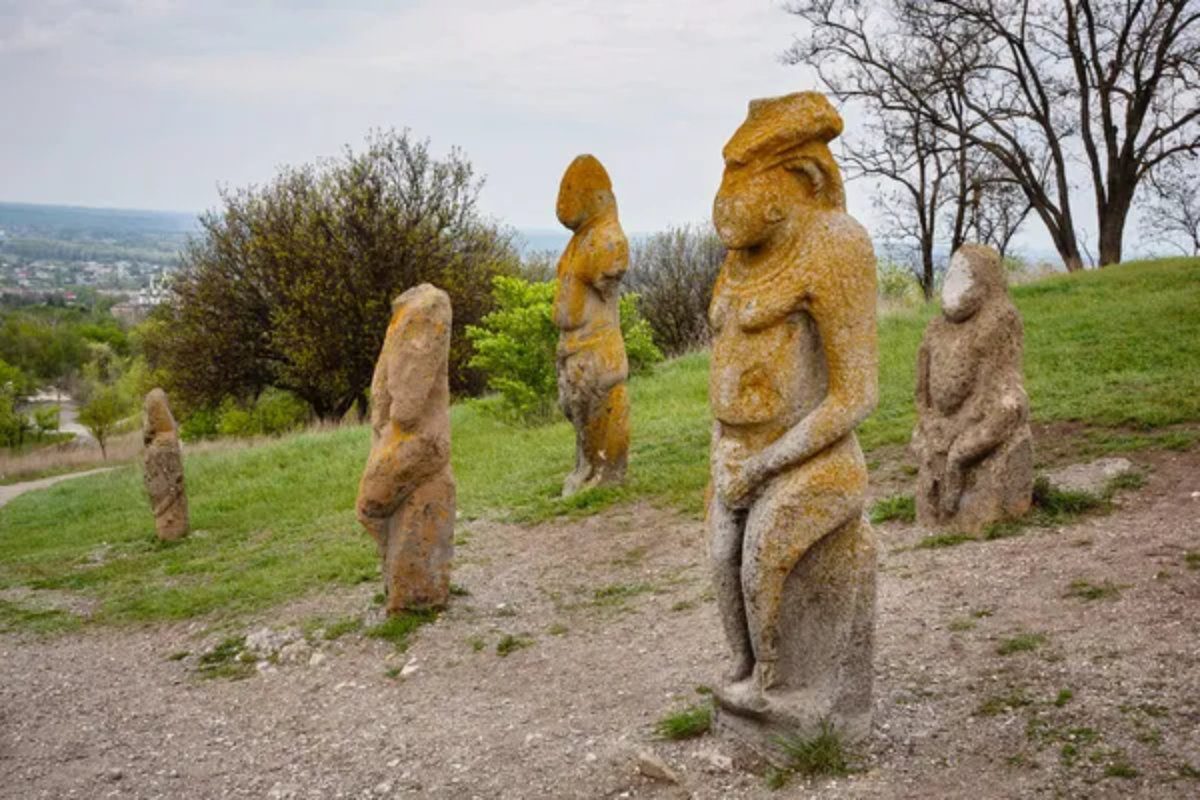
These mysterious medieval stone monuments feature intricate carvings of swords, symbols, and enigmatic patterns. The site contains 36 standing stones marking ancient burial grounds, with the tallest reaching 13 feet.
Scholars believe these monuments commemorate warriors and nobles of a forgotten Ethiopian civilization.
Blue Nile Falls
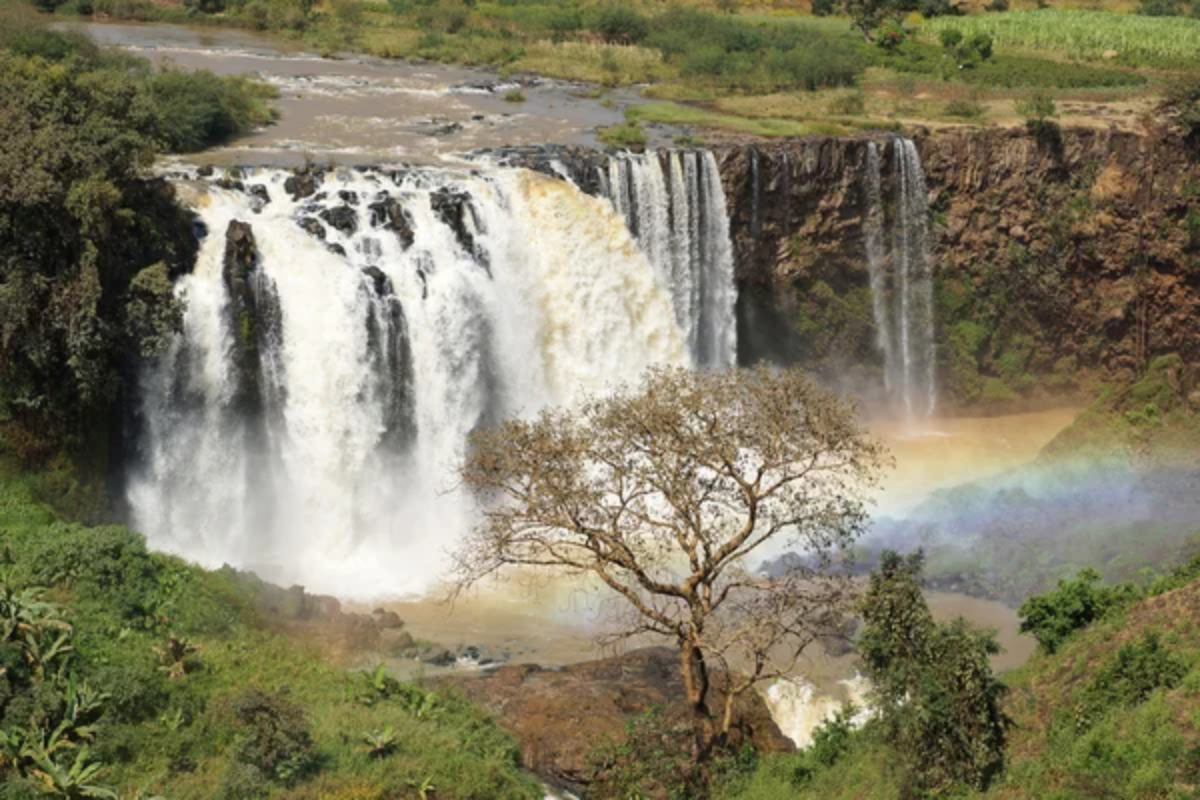
The ‘Great Smoke,’ named Tis Abay in the local lingo, is known worldwide for its spectacular drop of 147 over 1,312 feet. Local Ethiopian folklore reveres these as places imbued with essential and deeper elements connected to the Nile’s creation history.
Old ceremonial practices exist locally and are attached to their worship significance.
Like Travel Pug’s content? Follow us on MSN.
Konso Cultural Landscape
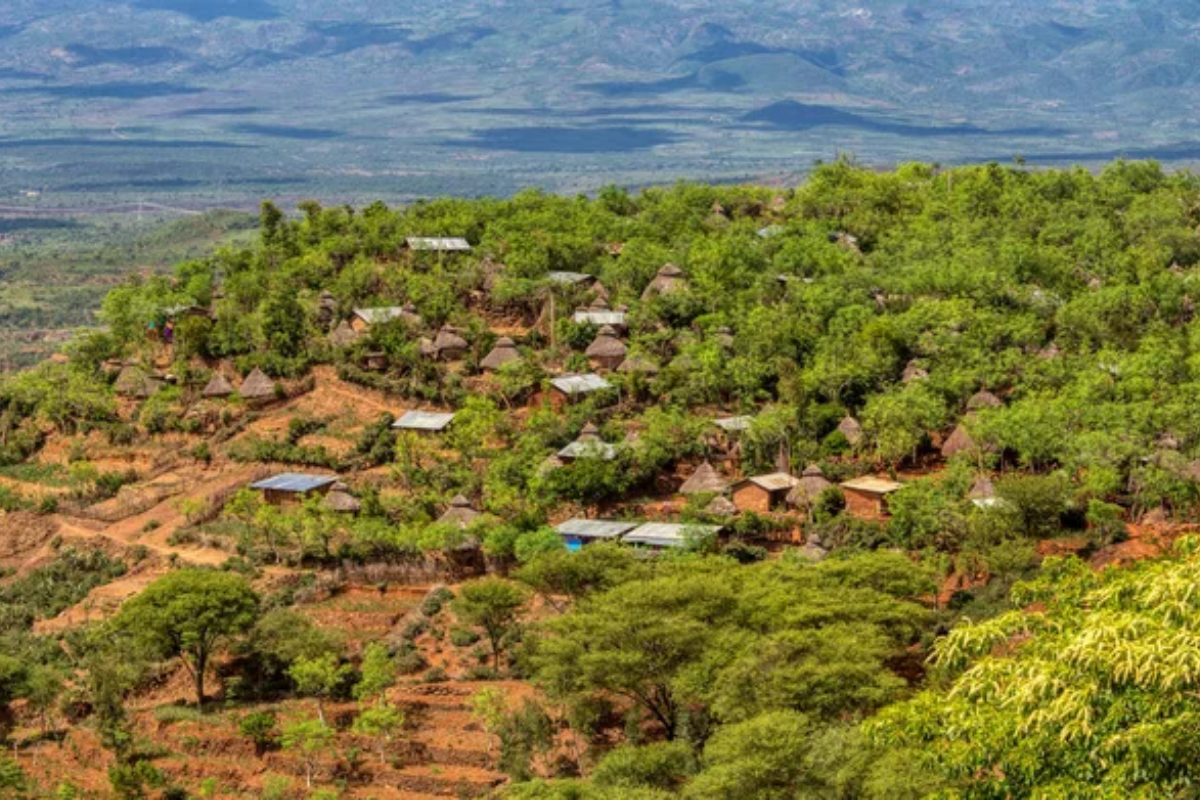
This remarkable terraced agricultural system spans over 230 square miles of mountainous terrain. Over 400 years of working in this challenging landscape, the Konso people have developed unique social traditions and engineering techniques.
Their distinctive walled settlements, known as paletas, feature unique architectural elements, including generation-marking stones.
Sof Omar Caves
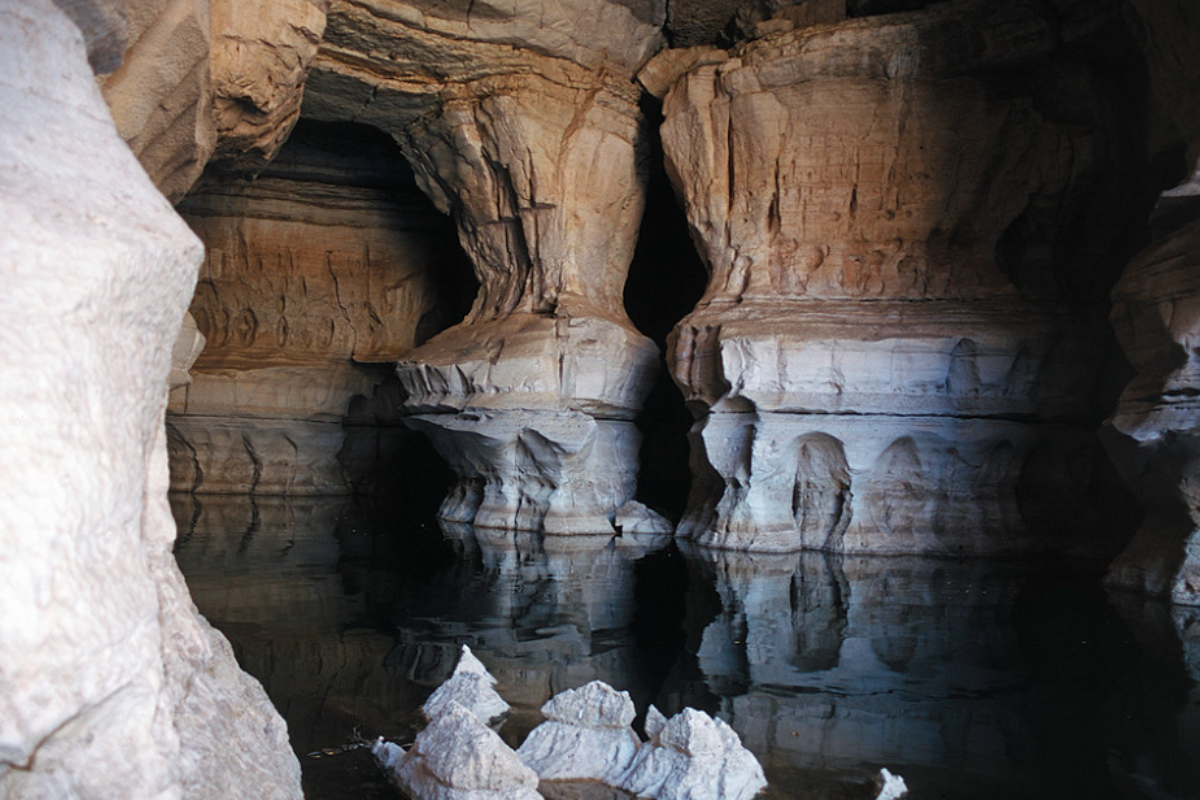
Extending 9.5 miles, these natural caves are Africa’s longest cave system and a significant Muslim pilgrimage site. They feature massive chambers, soaring ceilings, and pristine columns formed over millions of years.
Local Islamic traditions hold that Sheikh Sof Omar and his followers used these caves as mosques in the 12th century.
Bale Mountains Churches
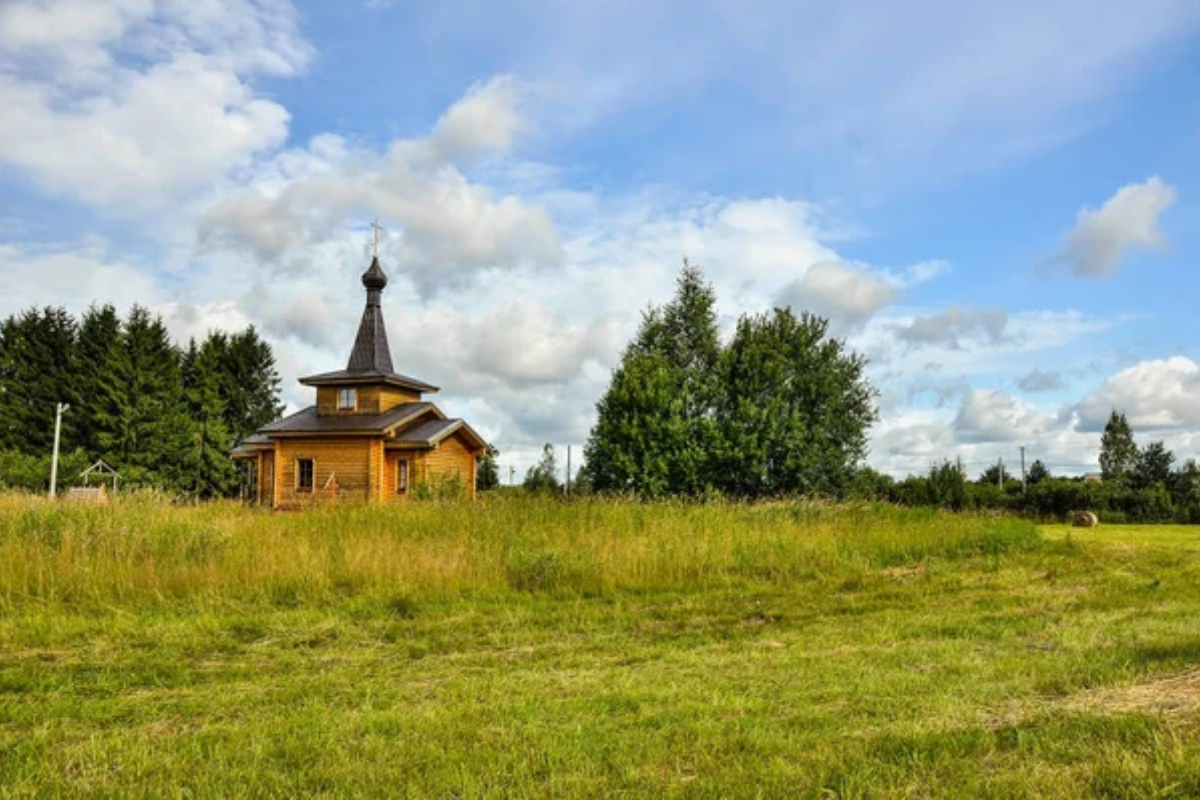
Ancient rock-hewn churches dating from the 13th century exist in the secluded peaks of Bale. A unique form of architecture characterizes these small sanctuaries as a natural rock and human craftsmanship mix.
The examples of early Christian art in these churches are striking, including peculiar ceiling frescoes and rock-carved crosses.
Like Travel Pug’s content? Follow us on MSN.
Negash Mosque
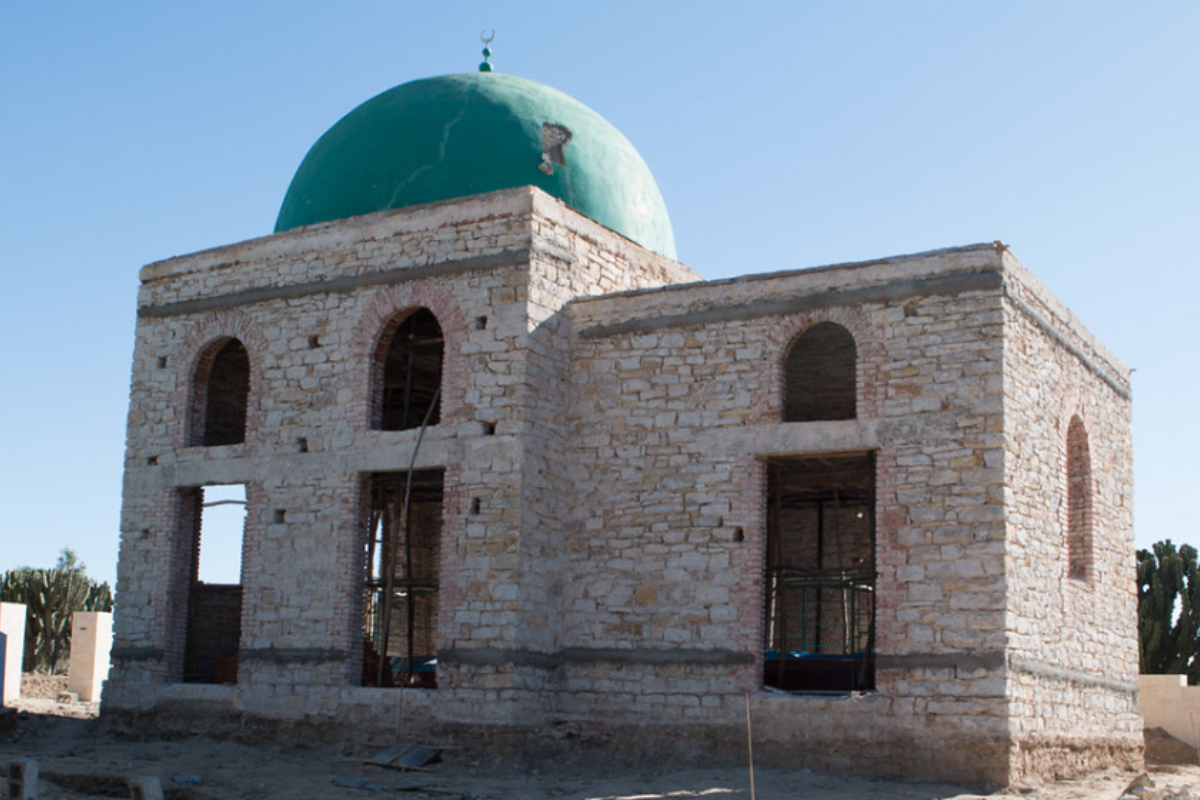
This historic mosque is Ethiopia’s earliest Muslim settlement, dating back to Prophet Muhammad. The site represents the peaceful coexistence between Christianity and Islam in Ethiopian history.
Local traditions maintain that the mosque was built by the first Muslim refugees who received protection from the Ethiopian Christian king.
Dire Dawa Rock Art
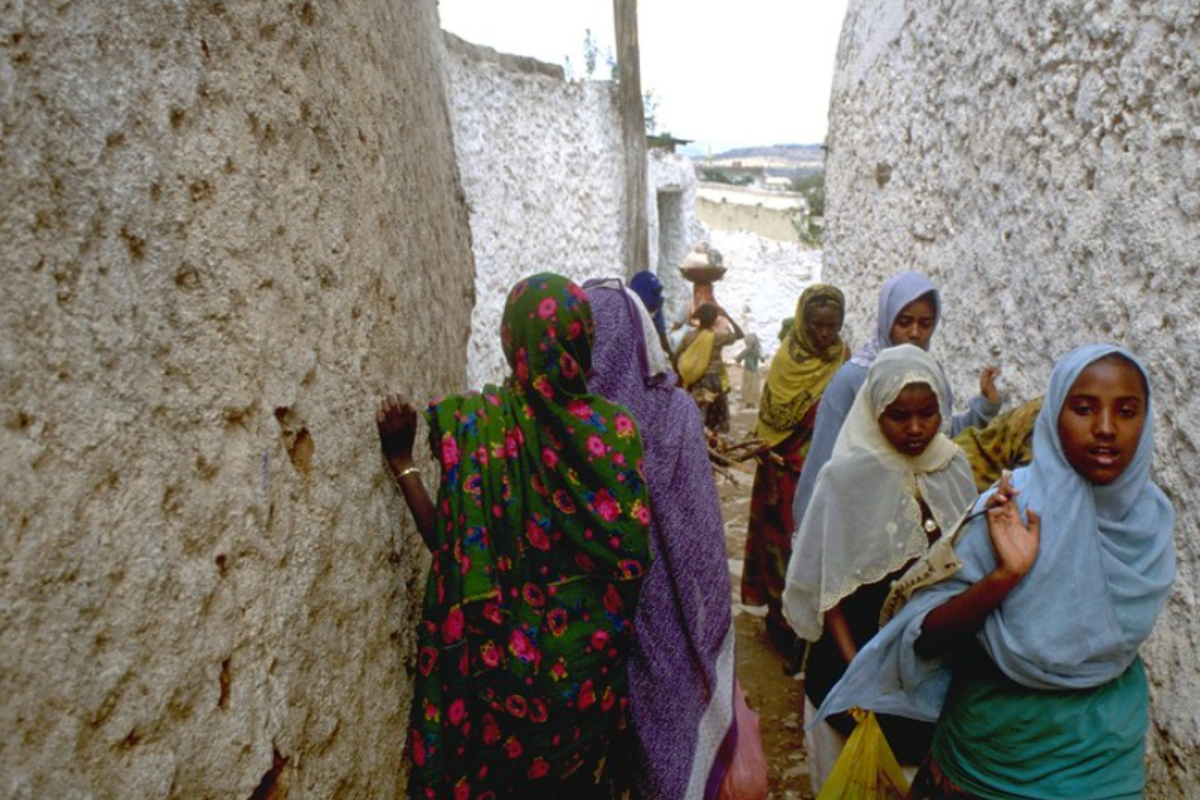
These prehistoric cave paintings, dating back over 5,000 years, showcase human artistic expression. The sites feature hundreds of detailed depictions of human figures, animals, and daily life scenes.
Recent archaeological studies suggest these artworks provide crucial insights into ancient Ethiopian societies and their cultural practices.
Lake Tana Monasteries
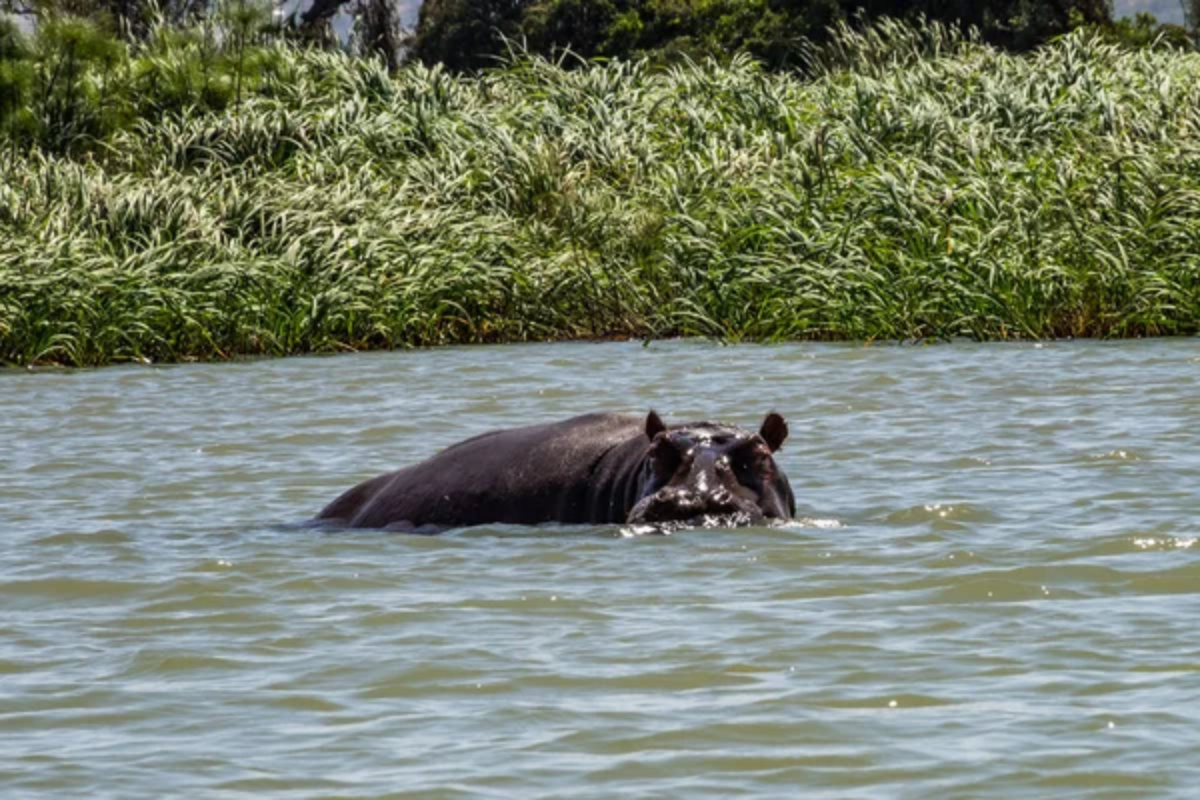
Scattered across 37 islands, these medieval monasteries preserve Ethiopia’s religious and artistic heritage. The buildings house remarkable collections of illuminated manuscripts, crosses, and crowns from various periods.
Many monasteries have maintained traditional religious practices unchanged since their foundation in the 14th century.
Like Travel Pug’s content? Follow us on MSN.
Melka Kunture
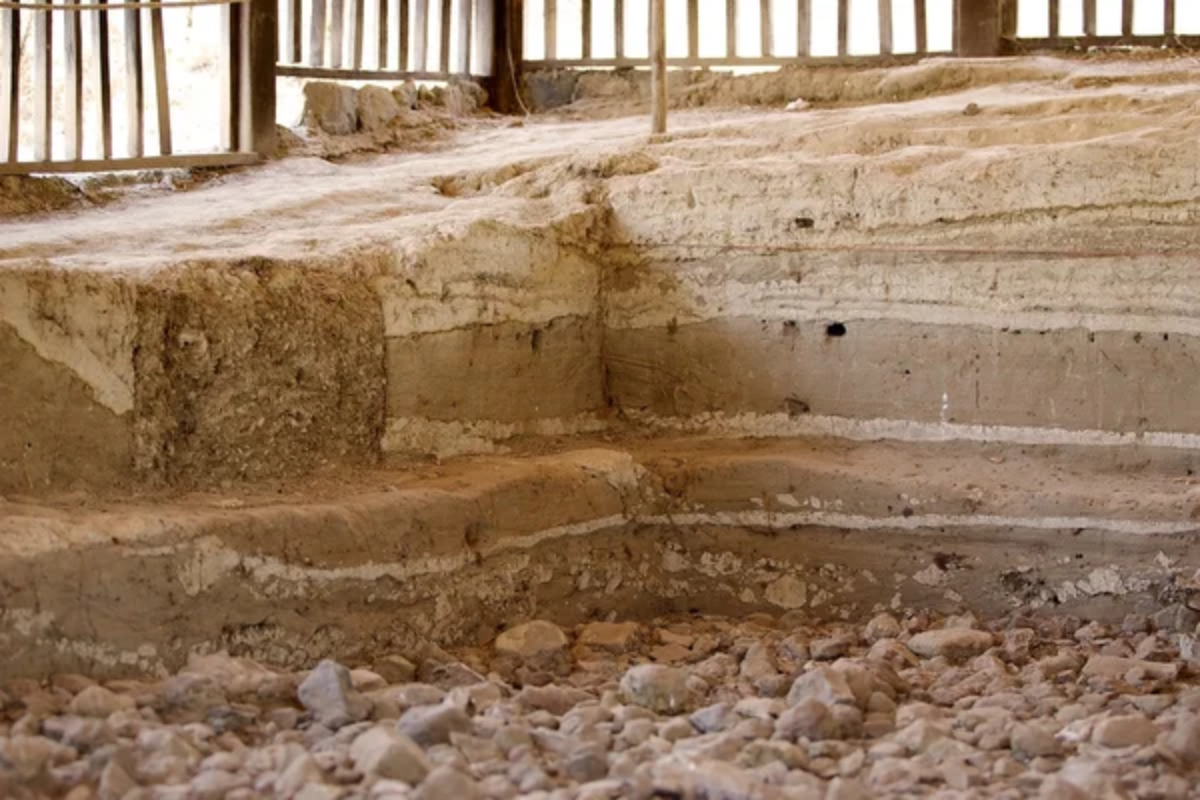
This site dates back 1.7 million years and has stone tools and human remains. The location holds evidence of how human beings have evolved and early technologies of tool making.
Excavations continue here, revealing more artifacts that would help reconstruct humanity’s earliest chapters.
Addis Merkato
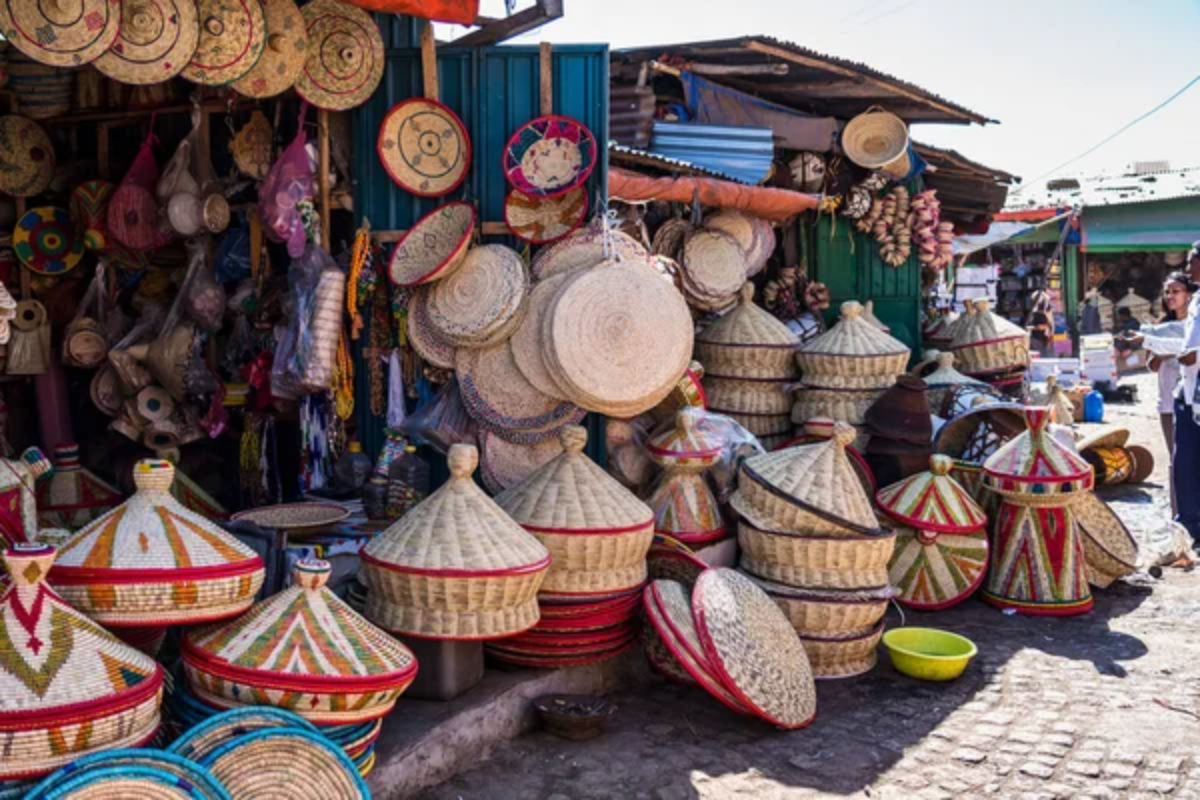
This is Africa’s largest open-air market, covering nearly two square miles in Ethiopia’s capital. The bazaar preserves some ancient trading practices and social structures prevalent in the country’s past.
Vendors organize themselves using ancient guild systems that preserve knowledge across generations.
Sheik Hussein Shrine
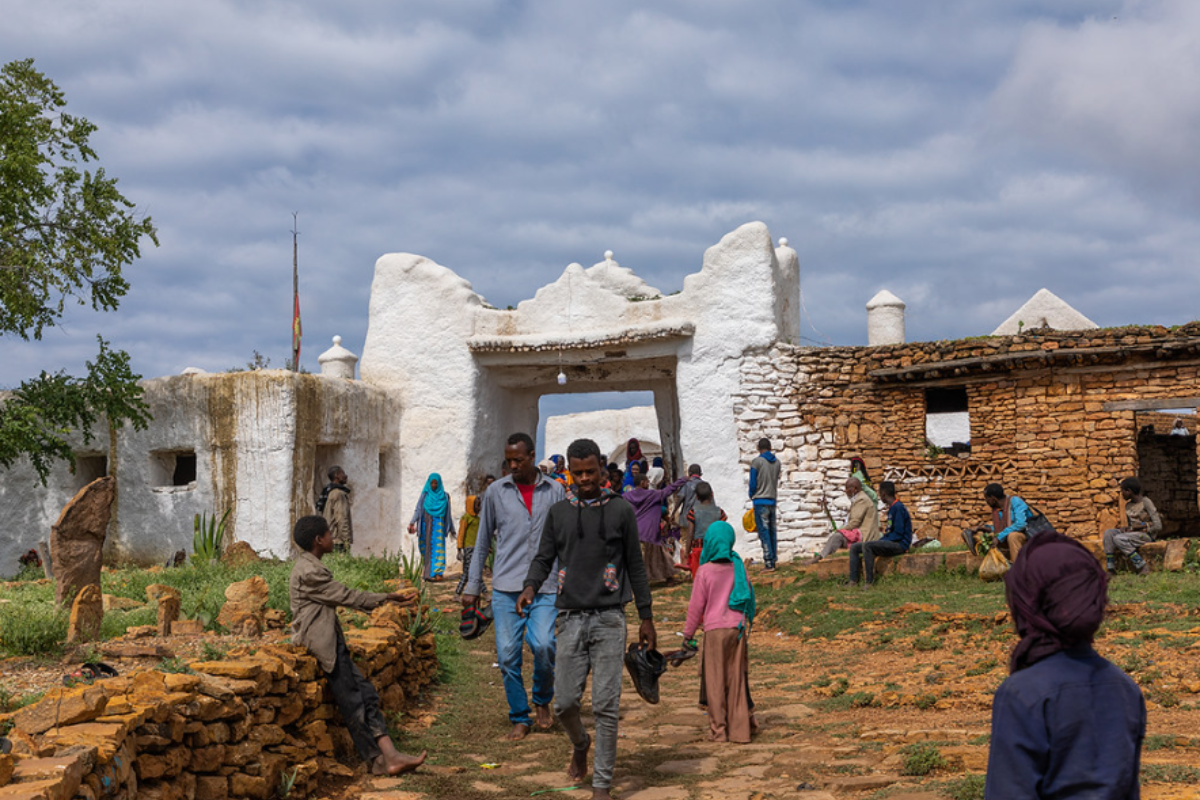
This important pilgrimage site draws thousands of devotees who celebrate a unique blend of Islamic and local traditions. The shrine complex includes ancient mosques, traditional houses, and sacred caves.
Twice-yearly pilgrimages feature distinctive cultural practices that combine various elements of Ethiopian spiritual heritage.
Like Travel Pug’s content? Follow us on MSN.
Gedeo Cultural Landscape

This living cultural landscape showcases traditional agricultural practices developed over centuries. Local communities maintain complex agroforestry systems integrating coffee cultivation with food crops.
The area represents a remarkable example of sustainable resource management based on indigenous knowledge.
Fasil Ghebbi
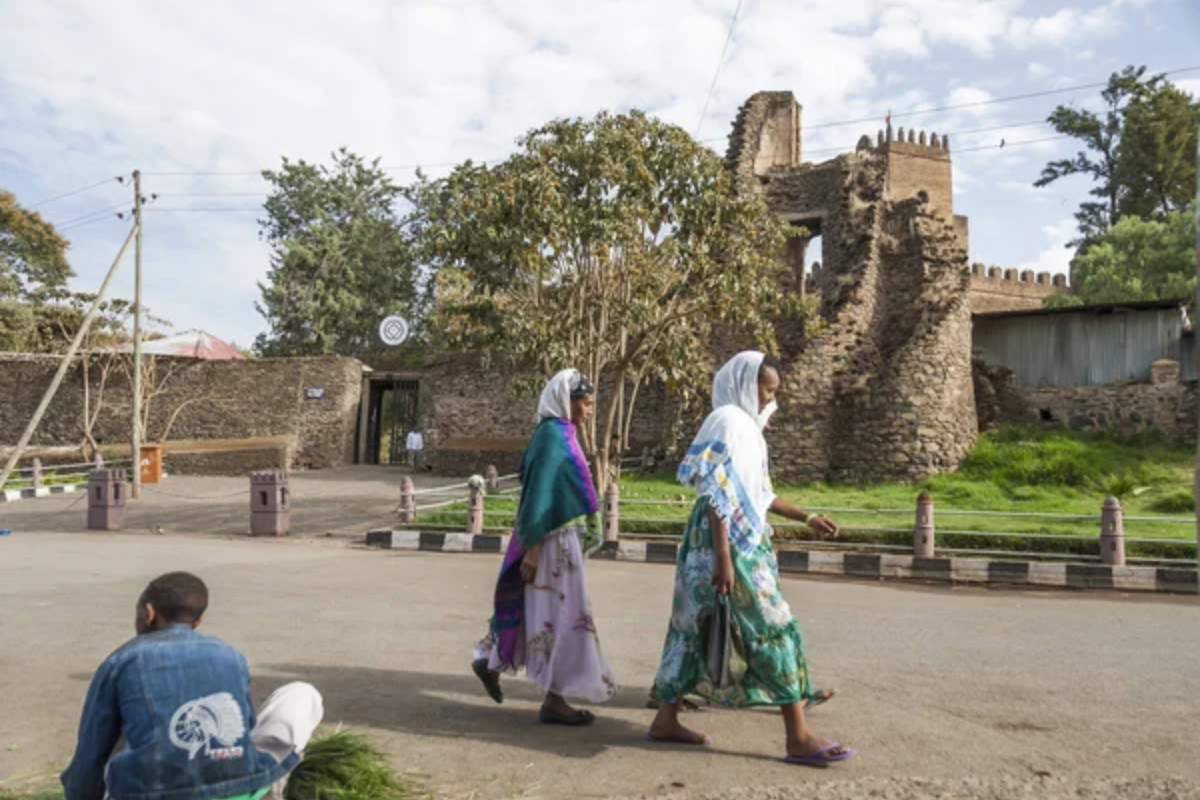
This royal compound encompasses unique architectural elements from various periods of Ethiopian history. The site features distinctive buildings combining local, Indian, and Portuguese influences in innovative ways.
Its elaborate decorative elements demonstrate the sophisticated artistic achievements of medieval Ethiopian artisans.
Nech Sar National Park
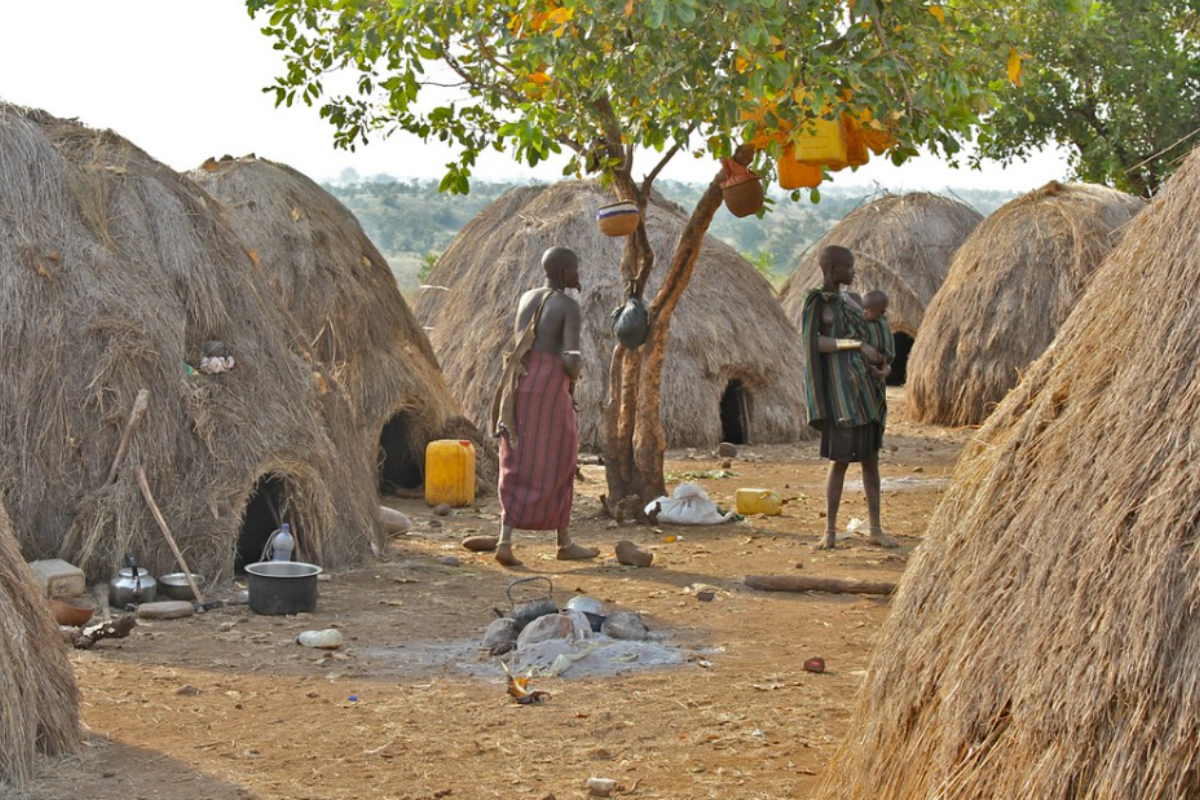
Beyond its natural beauty, this park contains significant archaeological sites and cultural landscapes. Ancient rock shelters preserve evidence of early human habitation dating back thousands of years.
Local communities maintain traditional ecological knowledge systems connected to the park’s diverse environments.
Like Travel Pug’s content? Follow us on MSN.
Embracing Ethiopia’s Living Heritagehebbi

Ethiopia’s cultural hotspots represent more than mere historical artifacts or tourist attractions. They are testimonies to the nation’s rich heritage, continuing to shape contemporary life and identity.
As you explore these remarkable sites, you’ll discover that Ethiopia’s past remains vibrantly alive in its present, inviting deeper understanding and appreciation of this extraordinary country’s cultural legacy.
More from Travel Pug

- 20 Towns Built for One Purpose That Were Later Abandoned
- 15 Hidden Spots in Disney World’s Magic Kingdom Most Visitors Miss
- 15 Most Scenic Walks Anywhere in The World
- 15 Canyons in the U.S. That Are Just as Stunning as the Grand Canyon
- 10 Under-the-Radar Mountain Towns That Are Both Affordable and Beautiful
Like Travel Pug’s content? Follow us on MSN.
